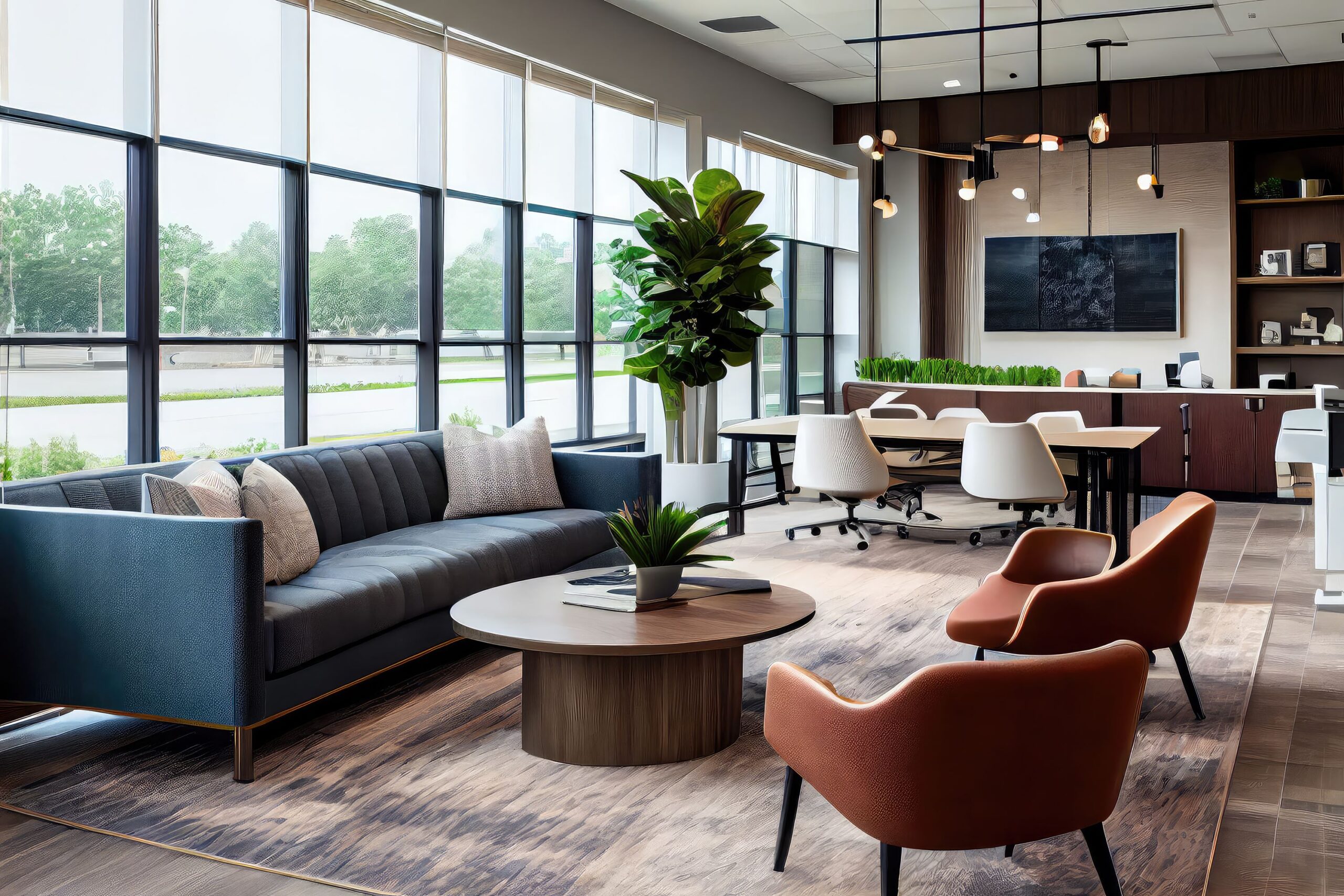How To Design An Office Space That Inspires Collaboration
Collaboration is a critical ingredient for any business to succeed. However, fostering a free-flowing and productive exchange of ideas requires an office space that inspires collaboration. Beyond multipurpose or general office space, the right workplace should be designed with your team’s needs in mind.
Since collaboration means getting everyone involved, a collaborative office space should embody it. Whatever tasks or challenges you tackle regularly, your team members must feel inspired, empowered, enabled, and supported in your workplace. Therefore, designing an office space that promotes collaboration is an excellent idea.
Below are some ways to design a collaborative office space:
- Use Comfortable And Cozy Furniture
Several pieces of ergonomic and cozy furniture can provide comfort and induce relaxation in your office space, making it feel like a home. If your team feels relaxed, it may help improve their creativity and productivity.

As a result, it allows your team members to perform better at work. Whether you add a plush sofa or snug desk chairs in your break rooms or meeting rooms, it can help encourage collaboration in your office space.
- Take Advantage Of Technology
Another way to design an office space that fosters collaboration is by using the latest technological advances. Whether you allow your team members to work remotely or full-time on-site, here are some of the technologies you can consider other than communication tools:
- Big Screens: Good-quality big screens or monitors are ideal for conducting group video calls with remote workers. These are also useful during presentations. Getting sturdy stands may help you move the screens from one place to another. This is especially true if your teams prefer to work in any area within your office space.
- Electronic Booking System: One of the tech advances you can consider to achieve a collaborative office space is an electronic booking system. It allows everyone to easily book rooms, preventing confusion and keeping things well-organized when using a particular room in your workplace.
- Plug-In And Play: Aside from sockets on walls or floor boxes, a collaborative environment has plug-in and play features. It enables your workers to plug in their devices anywhere around your office space.
Although embracing technology is an additional expense, it may help promote collaboration within your workplace. However, invest in the right technology (such as small business wireless access points) to build a collaborative environment effectively.
- Add More Color To Your Office
Color plays a crucial role in creating a positive and happy office space. For example, adding bright tones, like orange and yellow, can make your workplace invigorating and energizing. Consider including calming or neutral colors and pastels to keep a well-balanced atmosphere.
So, if the current color scheme in your office seems dull, consider applying a fresh coat of paint using a combination of bright and neutral colors. To know the best color palette for your office space, consider consulting a professional. They can also provide insights about office trends.
- Get Rid Of Walls
A walled room isn’t mentally stimulating. It locks your staff in one place and limits flexibility instead of allowing progression both mentally and physically. Therefore, eliminate any physical barriers to provide your team more freedom to move and work with other colleagues, especially when brainstorming ideas.
Instead of walled rooms, create separate areas using ceiling-hung acoustic paneling and other movable wall elements. These will provide your team members flexibility and control while giving them their own space, depending on their needs.
- Create Different Areas For Various Purposes
Teams collaborate in many ways. You can maximize collaboration and social gatherings by having different areas for various purposes. You can create rooms such as the following:
- Huddle Room: Most huddle rooms have a combination of tools, such as books, computers, whiteboards, and flexible seating plans. This area is best for both individual and collaborative work. But it can also be an excellent option for group gatherings to brainstorm ideas or discuss projects.
- Collision Room: You can also create a collision room, a communal space where everyone can gather during break time. It can be a space to relax or get food. Your team members may frequently run into one another in these rooms, helping them connect with others. With this, they can generate or discuss ideas in a more relaxed way, resulting in better collaborations and decision-making.
In addition to a collision and huddle room, a mixed-used area is also a great option. It often includes furniture clusters, enabling staff to approach their tasks more flexibly.
Such areas may feature comfortable floor seating, which allows everyone to work individually or with others. A mixed-used space is suitable for team members who want to ask questions or exchange ideas with other team members.
Conclusion
It’s crucial to ensure your team can collaborate effectively. In many instances, your office environment plays a vital role in achieving it. For best results, incorporate the above tips to design an office space that spurs collaboration. When done right, it can make a difference in your team’s happiness and productivity.

